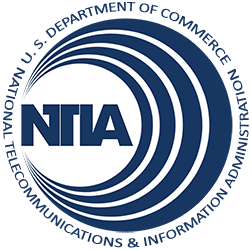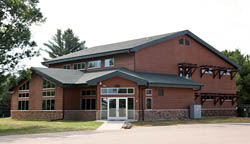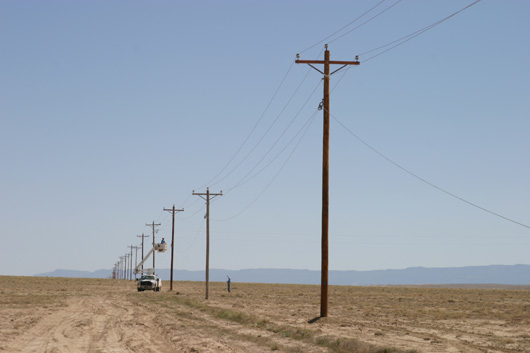NTIA Launches Community Connectivity Initiative with Backing from Major Community Groups
Access to broadband means economic growth, new employment opportunities, and improvements in education, health care, and public safety. NTIA's recognition of this central fact of the 21st century is why we have engaged in a range of efforts to increase Internet access, adoption, and digital literacy, from the Broadband Technology Opportunities Program funded by the Recovery Act to the creation of the first public, searchable nationwide map of broadband availability.
As a continuation of those efforts, NTIA's BroadbandUSA program is partnering with national organizations representing millions of Americans in more than a thousand localities across the country to develop the Community Connectivity Initiative (Initiative). The Initiative will empower communities across the country by giving them tools to support and accelerate local broadband planning efforts. NTIA, in close collaboration with its partners, will create a comprehensive online assessment tool to help community leaders identify critical broadband needs and connect them with expertise and resources. The tool will provide a framework of benchmarks and indicators on access, adoption, policy, and use for communities.



 The BTOP map went live in 2012 with data submitted by NTIA’s grantees in their 2011 progress reports. And we recently updated the map using data from last year’s progress reports.
The BTOP map went live in 2012 with data submitted by NTIA’s grantees in their 2011 progress reports. And we recently updated the map using data from last year’s progress reports.